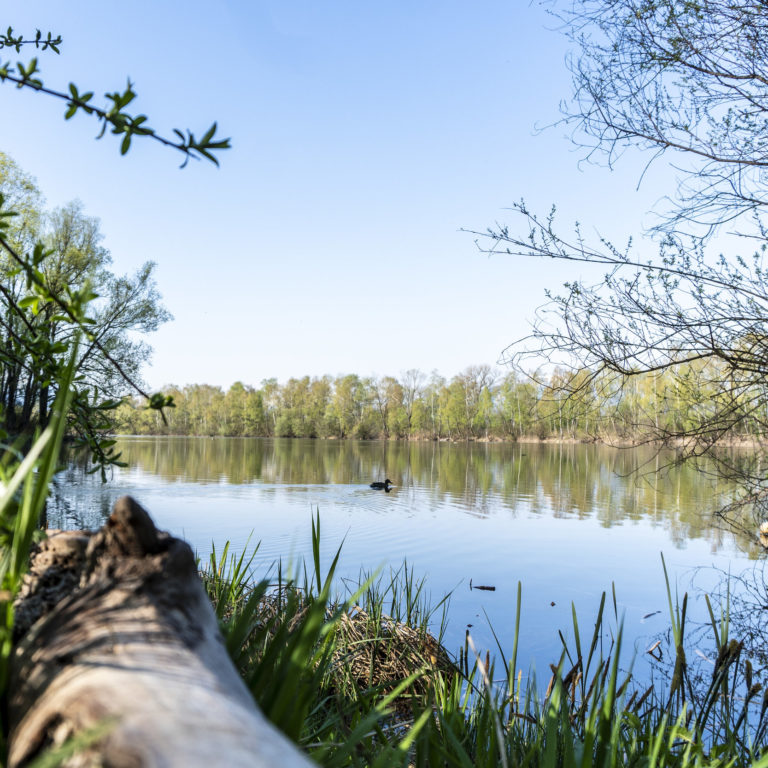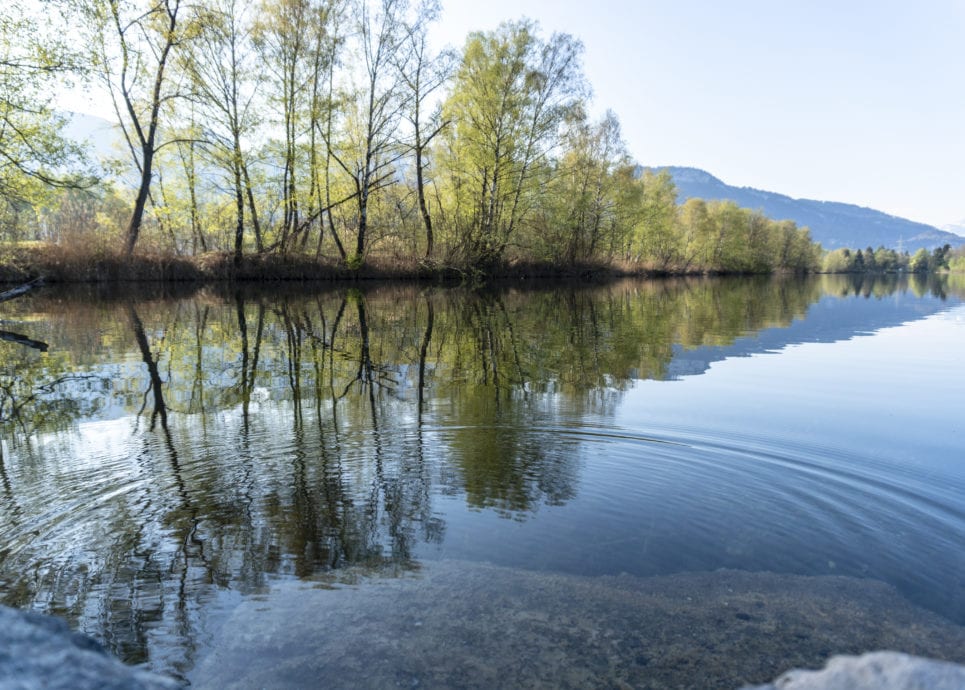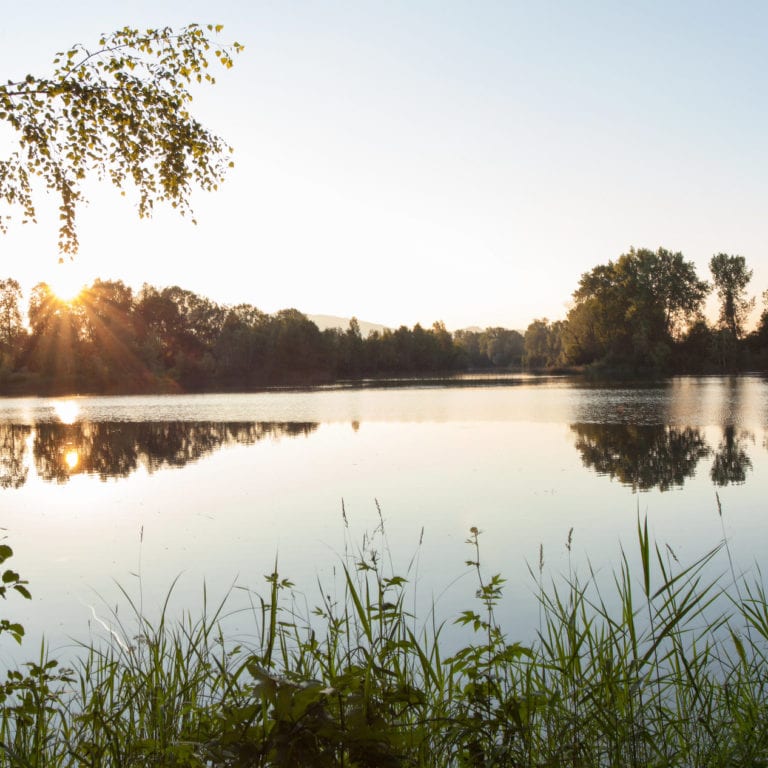


Official Tourism Portal Vorarlberg
Sat
Sonne3°C 8°C
Sun
Sonne3°C 8°C
Mon
Sonne1°C 10°C
Tue
Sonne-2°C 13°C
Wed
Sonne-1°C 15°C
Thu
Sonne2°C 18°C

C Sunset over Alter Rhein at Hohenems (c) Oberhauser Photography I Vorarlberg Tourismus
Nature at Alter Rhein – the border river between Vorarlberg and Switzerland – is special, no matter the season. The colours in autumn, the peace in winter, the spring bloom, pleasant cool and shade in the summer. Alluvial forests are among the most biodiverse habitats in Central Europe for an astonishing variety of plants, mammals, amphibians, reptiles, birds, butterflies and beetles. For thousands of years, the Rheintal valley was covered in swamp and alluvial landscapes. The alluvial forests along the Alter Rhein river, in the Rhine river delta and at Lake Constance are among the final remnants of these habitats which play such an important role in natural history.


Two key tree species in these forests are the grey alder and white willow. The grey alder is a key coloniser on new soils (e.g. after flooding). Its root system offers a habitat for bacteria that can absorb nitrogen from air. Thanks to this symbiosis, the alder compensates for the lack of nitrogen in the soil and offer bacteria other nutrients and a home. Numerous small animal species and plants live around grey alders.
However, the white willows hosts even more species. They accommodate over 3,000 species of animals (insects, birds, spiders, etc.) in their roots, trunks and crowns. Not only along the bank, but also in the water, the Alter Rhein is full of true natural gems. In 2015, on the ‘Geo Biodiversity Day’, a bryozoan previously unknown in Vorarlberg was found in the waters of the Alter Rhein in Hohenems.
The macro- and micro-diversity in the alluvial forests along the Alter Rhein is often overlooked. The roughly 1.5 hour circular hike along the Alter Rhein in Hohenems includes many spots where you can pause, enjoy nature and admire the wonderful flora and fauna there.





Nature at Alter Rhein – the border river between Vorarlberg and Switzerland – is special, no matter the season.
Nature at Alter Rhein – the border river between Vorarlberg and Switzerland – is special, no matter the season.
Necessary cookies are absolutely necessary for the proper functioning of the website. This category only includes cookies that guarantee basic functionality and security features of the website. These cookies do not store any personal information.
These cookies are used to generate statistics and enable us to optimize the website for our visitors.